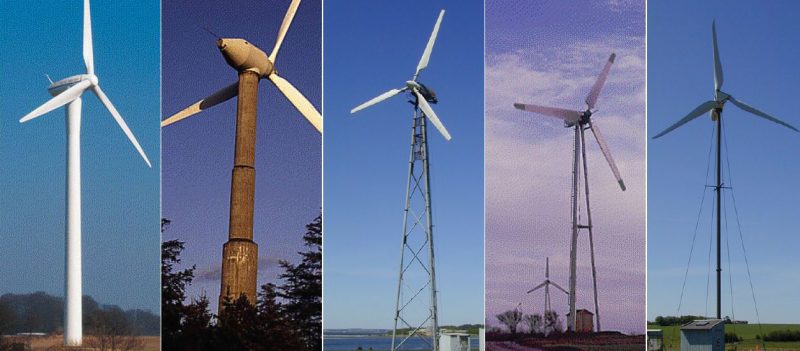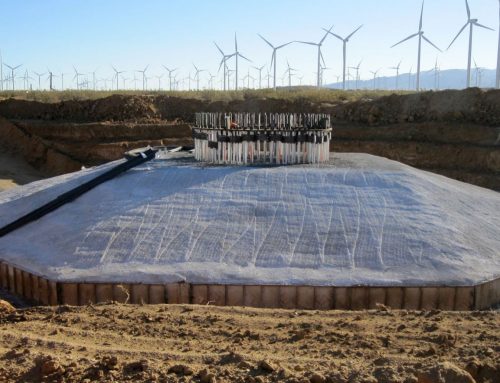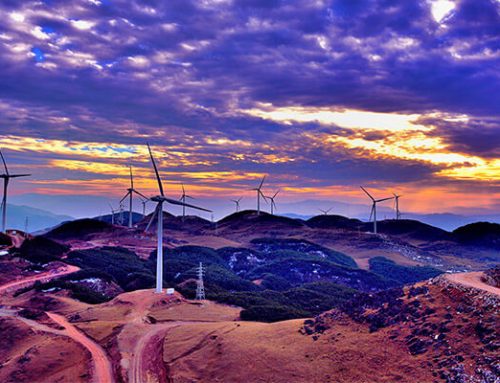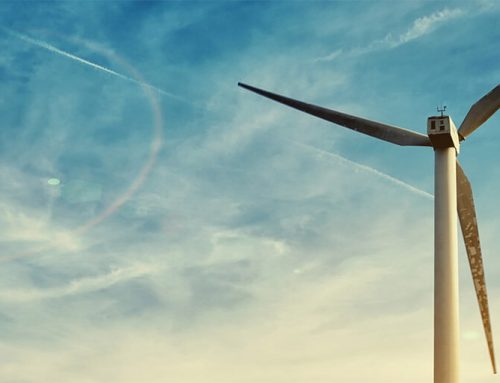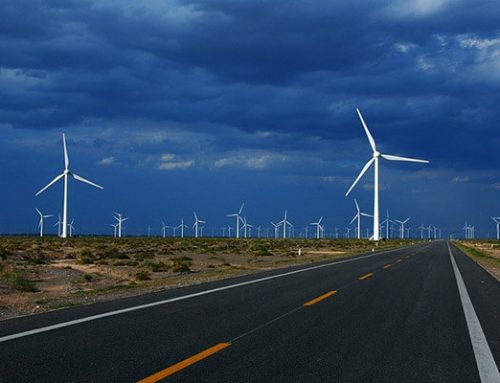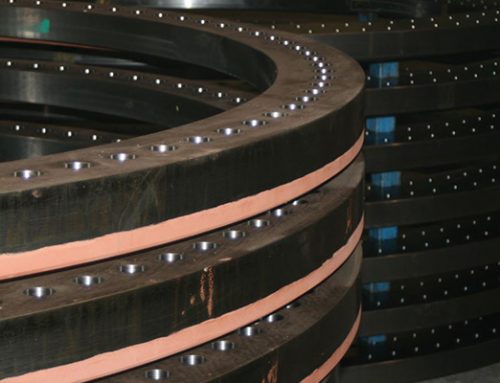Wind turbine tower is a key part of a complete wind turbine. Due to its huge size, the wind farm investors have to pay special attention to the tower selection.
From its material and appearance, there are 3 main types of wind turbine tower on the market. They are the tubular steel wind turbine tower, the lattice tower, and the concrete tower.
The tubular steel wind turbine tower
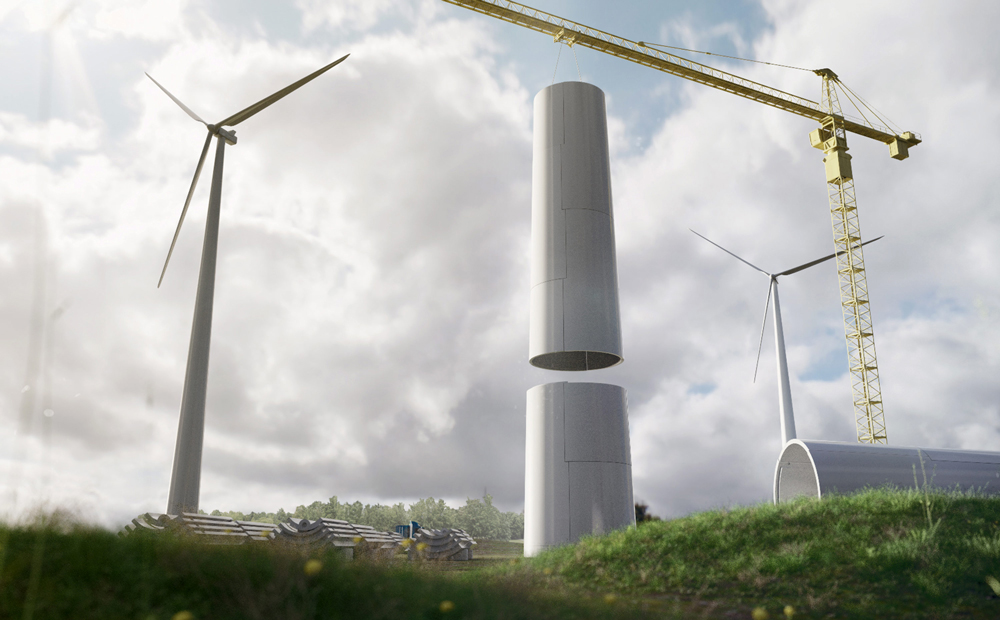
steel wind turbine tower
The steel wind turbine tower is the most commonly seen tower types in the world. The steel tower and made in sections of around 20-40m. The sections are connected with wind tower flanges. The flanges are then bolted together. All the steel wind tower are in taper shape, meaning the diameter of each section decrease as the tower height increases.
The pros and cons of steel wind turbine tower:
- Because it’s made from rolled steel plate, the tower is robust.
- Due to its size, the steel wind tower requires a large and tall factory to manufacture. The hoisting equipment that has hoisting capacity of 30-60 tons is a must.
- High skill requirement to the manufacturing engineers, especially the welding level and deformation control. The welding job needs to be sophisticated while the process shall be precise.
- The update is nearly impossible. Restricted by the hoisting capacity, the transportation and the space needed, the steel wind tower is difficult to be larger and taller.
- The transportation is hard and the cost is high. The transportation is limited to the vehicle size and the road condition.
- The corrosion resistance can be expensive. Due to its size, you can only add antirust cost and paint coat by spraying. Plus you need an environment of consistent temperature and humidity. In most cases, this job is done manually, increasing the cost further.
- The installation can be painful. Apparently, you need a very big crane which can carry at least 100 tons. But the installation takes only 1-2 days to finish.
- The wind area is huge and so is the wind resistance. It needs extra consideration during project design.
- Because of its closed structure, the internal parts are well protected.
The lattice wind turbine tower
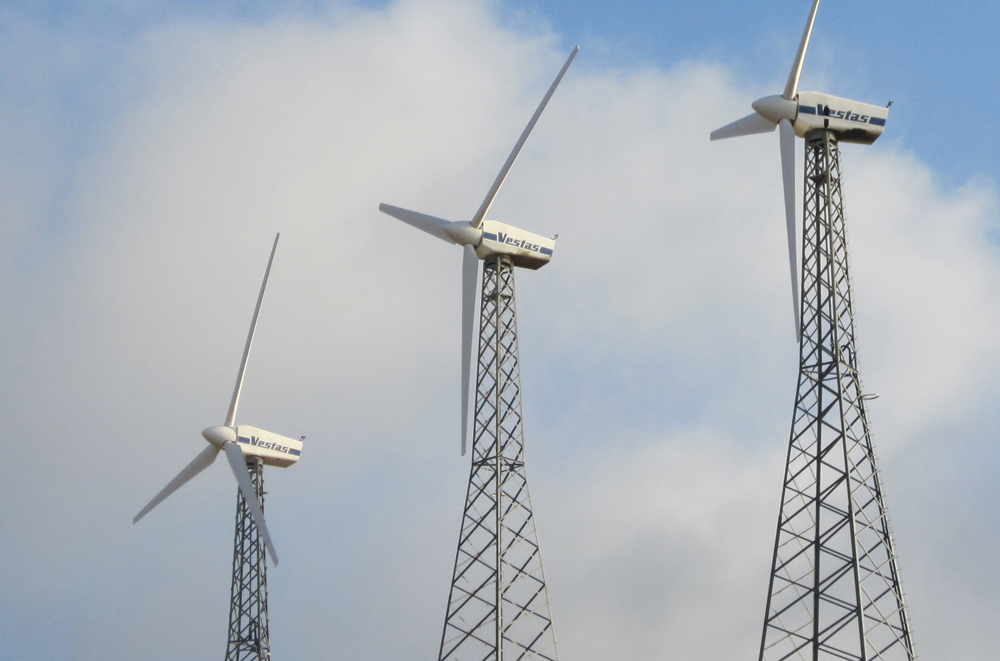
lattice wind turbine tower
The lattice wind turbine tower is made from hundreds of steel material. It looks just like the traditional telecommunication tower. That’s also the reason why some of the lattice tower manufacturers are also manufacturing electric transmission tower. They have the experience to make sure the quality is stable.
The pros and cons of lattice wind turbine tower
- Low manufacture equipment required. The CNC machinery is used.
- Less welding job needed. High automation process.
- The design is more flexible. By changing the steel material and by enlarging the space, different lattice wind turbine tower can be produced to meet different needs.
- The transportation is easier. The cost is lower.
- Hot-dip galvanizing corrosion resistance can be performed for a longer function period, usually 30-50 years.
- The parts are many. The quantities shall be confirmed before delivery.
- Smaller weight, smaller wind resistance area.
- The cabling and other supporting mechanism need extra protection.
The concrete wind turbine tower
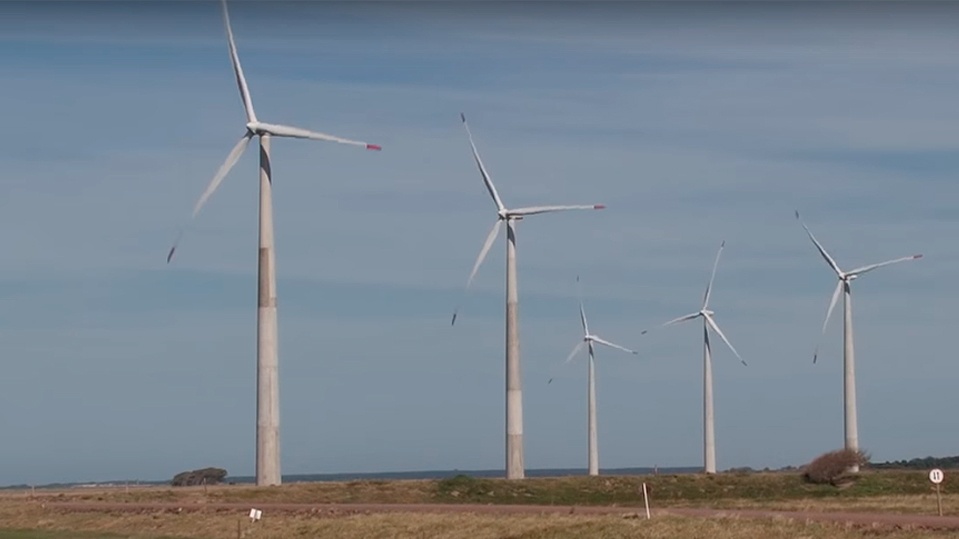
concrete wind turbine tower
Similar to the steel tower, the precast concrete wind turbine tower is also manufactured in sections. All the sections are transported to the site and then assembled.
The pros and cons of the concrete wind turbine tower
- No resonance between the tower and the turbine. The wind turbine can work safely.
- Large carrying capacity. The concrete structure allows the tower to bear larger turbine and blades.
- The length of each concrete section is no longer than 4m, suitable for more roads for transportation.
- There are no fastening parts, the repair and maintenance cost is reduced largely.
- The installation takes a lot of time.
- Minor deflection.
- Lack of tensile strength.
